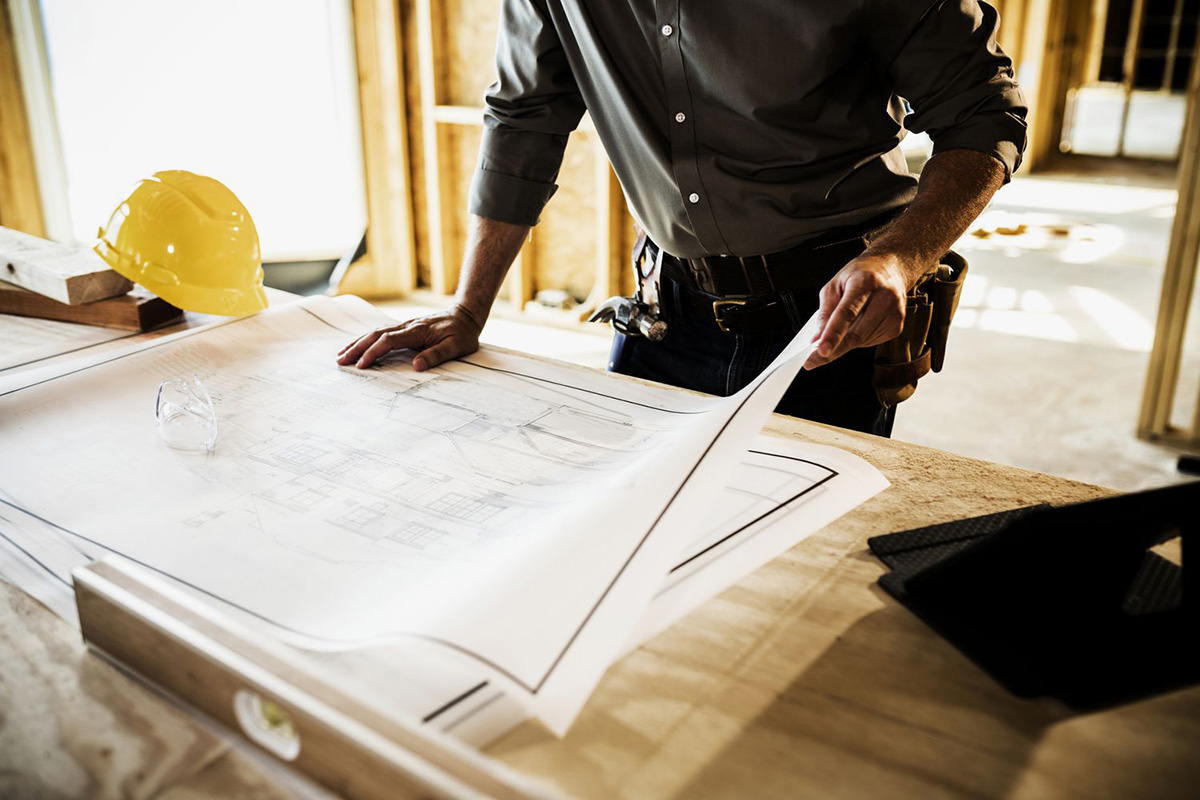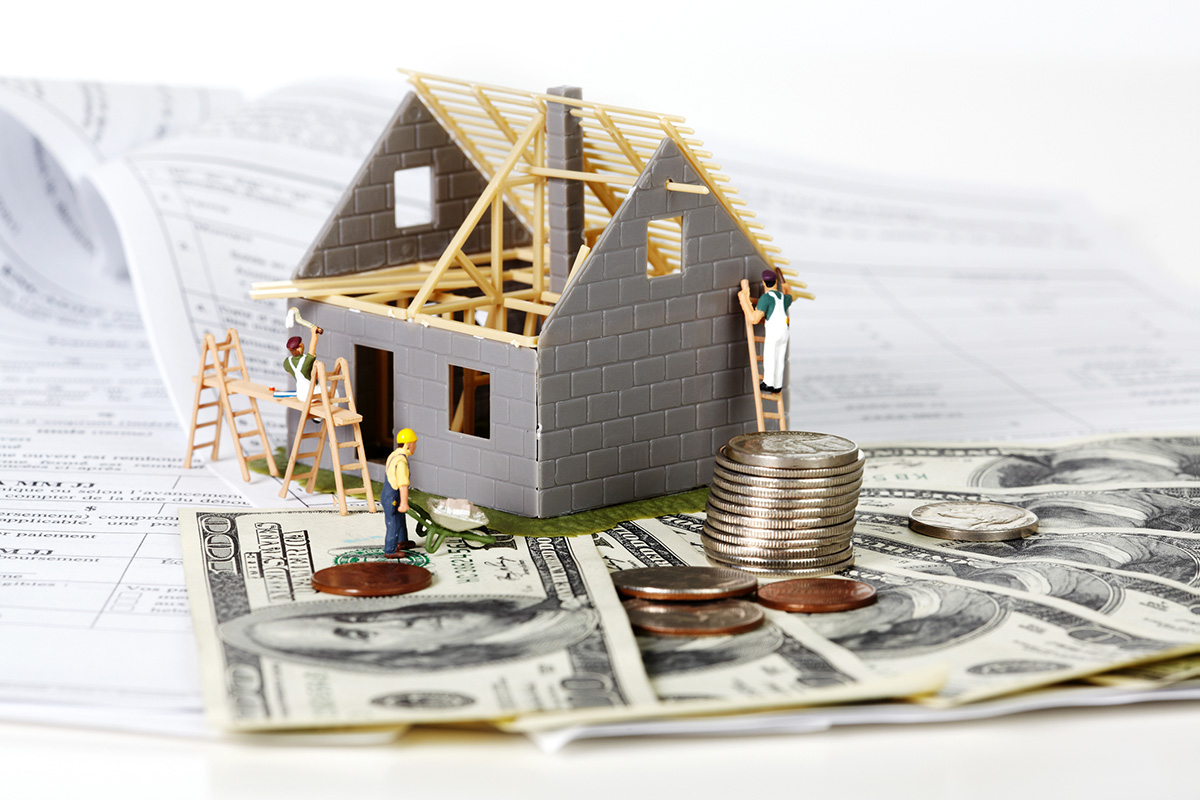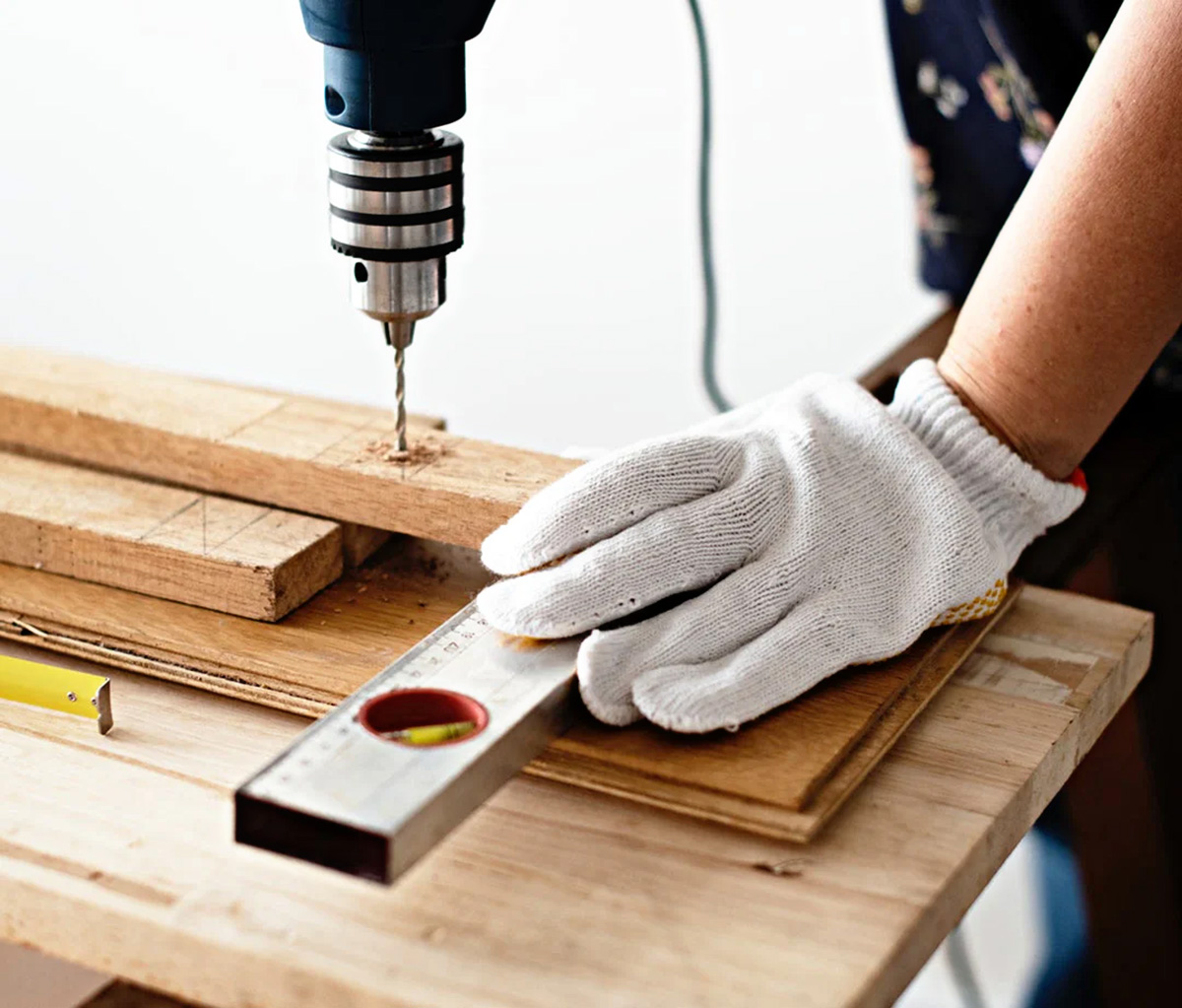Home>Renovation & DIY>Home Renovation Guides>How Do Home Improvements Get Assessed?


Home Renovation Guides
How Do Home Improvements Get Assessed?
Modified: January 4, 2024
Learn how home improvements are assessed and valued. Get expert guidance on navigating the assessment process for your home renovation projects. Explore tips and insights for maximizing the value of your home upgrades.
(Many of the links in this article redirect to a specific reviewed product. Your purchase of these products through affiliate links helps to generate commission for Storables.com, at no extra cost. Learn more)
Introduction
Read more: How To Get A Loan To Do Home Improvements?
Understanding Home Assessments
When it comes to evaluating the value of a property, home assessments play a crucial role. Whether you are looking to sell your home, refinance your mortgage, or simply curious about its current worth, understanding how home improvements are assessed is essential. This comprehensive guide will delve into the intricacies of home assessments, shedding light on the factors that influence the process and the significance of home improvements in determining a property’s value.
Home assessments are conducted by professionals to determine the current market value of a property. These assessments are based on various factors, including the property’s condition, location, and recent sales of comparable properties in the area. Understanding the nuances of home assessments can provide valuable insights for homeowners and potential buyers alike.
Read more: How To Get A Loan To Do Home Improvements?
Understanding Home Assessments
Home assessments are an integral part of the real estate industry, providing an objective evaluation of a property’s value. These assessments are typically carried out by certified appraisers who consider a range of factors to determine the fair market value of a home. By gaining a deeper understanding of home assessments, homeowners can make informed decisions regarding their properties.
During a home assessment, the appraiser conducts a thorough inspection of the property, taking note of its overall condition, size, layout, and any recent renovations or upgrades. Additionally, the appraiser considers the property’s location, proximity to amenities, and the current state of the real estate market in the area. By analyzing these elements, the appraiser arrives at a comprehensive assessment that reflects the property’s worth in the current market.
It’s important to note that home assessments are not solely based on the appraiser’s subjective opinion. Instead, they rely on a combination of objective data and professional expertise. The appraiser may also take into account the sales prices of similar properties in the neighborhood to establish a benchmark for the property being assessed.
Understanding the intricacies of home assessments empowers homeowners to take proactive steps in enhancing their property’s value. By comprehending the criteria used in assessments, homeowners can strategically invest in home improvements that yield a positive impact on their property’s overall worth. The next section will delve into the factors considered in home assessments, shedding light on the key elements that influence a property’s valuation.
Factors Considered in Home Assessments
Home assessments are multifaceted evaluations that take into account various factors to determine a property’s value. Understanding these factors can provide valuable insights for homeowners seeking to enhance their property’s worth or prospective buyers looking to make informed decisions. Here are the key elements considered in home assessments:
- Property Condition: The overall condition of the property significantly influences its assessment. Appraisers carefully evaluate the structural integrity, maintenance, and any visible defects or damages that may impact the property’s value.
- Location: The location of a property plays a pivotal role in its assessment. Factors such as proximity to schools, shopping centers, public transportation, and the overall desirability of the neighborhood contribute to the property’s value.
- Size and Layout: The size and layout of the property are also key considerations. Appraisers assess the square footage, number of rooms, and the functionality of the layout to gauge the property’s appeal and market value.
- Recent Renovations and Upgrades: Any recent renovations or upgrades to the property can positively impact its assessment. Upgraded kitchens, bathrooms, flooring, or energy-efficient features can enhance the property’s value.
- Comparable Sales: Appraisers often look at recent sales of comparable properties in the area to establish a benchmark for the property being assessed. This comparative analysis helps determine a fair market value.
- Economic Conditions: The prevailing economic conditions and the state of the local real estate market are also factored into home assessments. Fluctuations in the market can influence a property’s value.
By considering these factors, appraisers aim to provide an accurate and unbiased assessment of a property’s worth. Homeowners can leverage this understanding to strategically invest in home improvements that positively impact their property’s assessment. The next section will explore the importance of home improvements in assessments, highlighting how upgrades and renovations can elevate a property’s value.
When making home improvements, keep records of all expenses and permits. This will help assessors accurately determine the value of your property.
Importance of Home Improvements in Assessments
Home improvements play a pivotal role in shaping the assessment of a property. Whether you are considering selling your home or simply aiming to enhance its value, strategic renovations and upgrades can significantly impact the outcome of a home assessment. Understanding the importance of home improvements in assessments empowers homeowners to make informed decisions about their properties.
Renovations and upgrades can elevate a property’s assessment in several ways. By enhancing the overall condition and aesthetic appeal of the property, homeowners can positively influence its perceived value. For instance, modernizing the kitchen with new appliances, countertops, or cabinetry can breathe new life into the space and contribute to a higher assessment. Similarly, upgrading bathrooms, installing energy-efficient features, or enhancing the curb appeal through landscaping can all contribute to a more favorable assessment.
Furthermore, home improvements that align with current market trends and buyer preferences can make a property more attractive and competitive. Features such as smart home technology, sustainable materials, and open-concept layouts are highly sought after in today’s real estate market. By integrating these elements into home improvements, homeowners can position their properties for a more favorable assessment.
It’s important to note that not all home improvements guarantee a substantial increase in assessment value. Appraisers consider the quality, relevance, and impact of the renovations when conducting assessments. Therefore, strategic planning and thoughtful investments in home improvements are essential to maximize their impact on a property’s assessment.
By recognizing the significance of home improvements in assessments, homeowners can approach renovations and upgrades with a strategic mindset. Investing in improvements that align with market demands, enhance the property’s functionality, and elevate its overall appeal can yield tangible results in the assessment process. Ultimately, home improvements serve as a powerful tool for homeowners to enhance the value and desirability of their properties in the real estate market.
As homeowners navigate the realm of home assessments and property valuation, understanding the interplay between home improvements and assessments can guide them toward informed and impactful decisions. By leveraging this knowledge, homeowners can optimize their property’s potential and position it favorably in the competitive real estate landscape.
Read more: How Do You Get A Home Improvement License
Conclusion
Home assessments are intricate evaluations that encompass a myriad of factors, ultimately shaping the perceived value of a property in the real estate market. By gaining a comprehensive understanding of home assessments and the role of home improvements within this context, homeowners can navigate the process with confidence and foresight.
From the condition and location of a property to the impact of recent renovations and market dynamics, each element contributes to the holistic assessment of a property’s worth. Recognizing the significance of these factors empowers homeowners to make strategic decisions that enhance their property’s value and appeal.
Home improvements emerge as a powerful catalyst in shaping the outcome of assessments. Thoughtful renovations and upgrades have the potential to elevate a property’s assessment, positioning it as a desirable and competitive asset in the real estate landscape. By aligning home improvements with market trends, buyer preferences, and the property’s unique attributes, homeowners can optimize their investment and maximize their property’s potential.
As homeowners embark on the journey of property valuation and assessments, embracing the interplay between home improvements and assessments can guide them toward impactful and rewarding decisions. By leveraging this knowledge, homeowners can unlock the latent value within their properties, fostering a more compelling and lucrative real estate proposition.
Ultimately, home assessments serve as a pivotal tool for homeowners to gauge the worth of their properties and make informed choices regarding their real estate endeavors. By embracing the nuances of assessments and harnessing the transformative power of strategic home improvements, homeowners can embark on a journey of enhancing their properties and unlocking their full potential in the ever-evolving real estate market.
Frequently Asked Questions about How Do Home Improvements Get Assessed?
Was this page helpful?
At Storables.com, we guarantee accurate and reliable information. Our content, validated by Expert Board Contributors, is crafted following stringent Editorial Policies. We're committed to providing you with well-researched, expert-backed insights for all your informational needs.















0 thoughts on “How Do Home Improvements Get Assessed?”